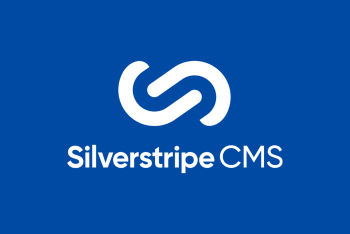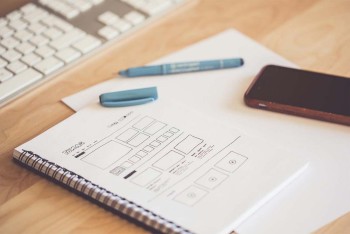Accessibility is something we take seriously here at Somar Digital. This insight is about how we try to approach accessibility from a different angle so that we avoid focusing on just a small, niche audience.
When designing and developing the Metlink website(external link), we had to ensure it catered for the hundreds of thousands of visitors from all walks of life who might use public transport: both young and old, and even tourists. Because of this, we ensured that before the Metlink site went live, it passed the Web Content Accessibility Guidelines (WCAG), and met the New Zealand government web standards.
Accessibility is a vital consideration for any online deliverable, especially those in the public sector. Through thoughtful, empathetic UX design and careful development - it’s possible to ensure that your visitors are able to obtain the information they need from your site regardless of any disabilities.
One way that Somar approach this is by thinking of accessibility as a fluid state. In other words, everybody - at some stage in their lives - might require some form of accessible design.
This way we’re no longer anticipating a small fraction of visitors who might be visually impaired or have motor disabilities. Because when you do, it’s far too easy to consider them as a niche audience - a minority user-base, or worse - just an inconvenient afterthought.

Instead, any user might have any one of these barriers. For instance, perhaps on a sunny day, you’re viewing a website on your mobile device outside with a lot of glare. While you might normally have excellent eyesight, these particular conditions mean that the legibility of white text on a light coloured background is causing you discomfort.
Or perhaps today your arthritis is playing up, or a recent hand injury means that you can’t operate a mouse as easily as on other days - does the website have a keyboard only way of navigating around?
Another consideration for visually impaired users may be screen reader functionality - which is where most standard web browsers can read the content of a website out loud. Just because a website looks visually appealing, it doesn’t necessarily conform to good screen reading.
Some other factors that affect accessibility could be:
- Users accessing your site via a mobile phone, or public kiosk
- Low bandwidth users
- Machine indexing of content
- Users who are in an anxious state, or vulnerable
- Users with a low literacy level
- Second-language access
- Users with different learning styles
Conclusion
These are all things that Somar take into consideration, depending on the brief, as we aim to get a balance between great design, but also excellent accessibility across all our projects.
Talk to us if you would like to learn more about how we can help with creating accessible websites.




